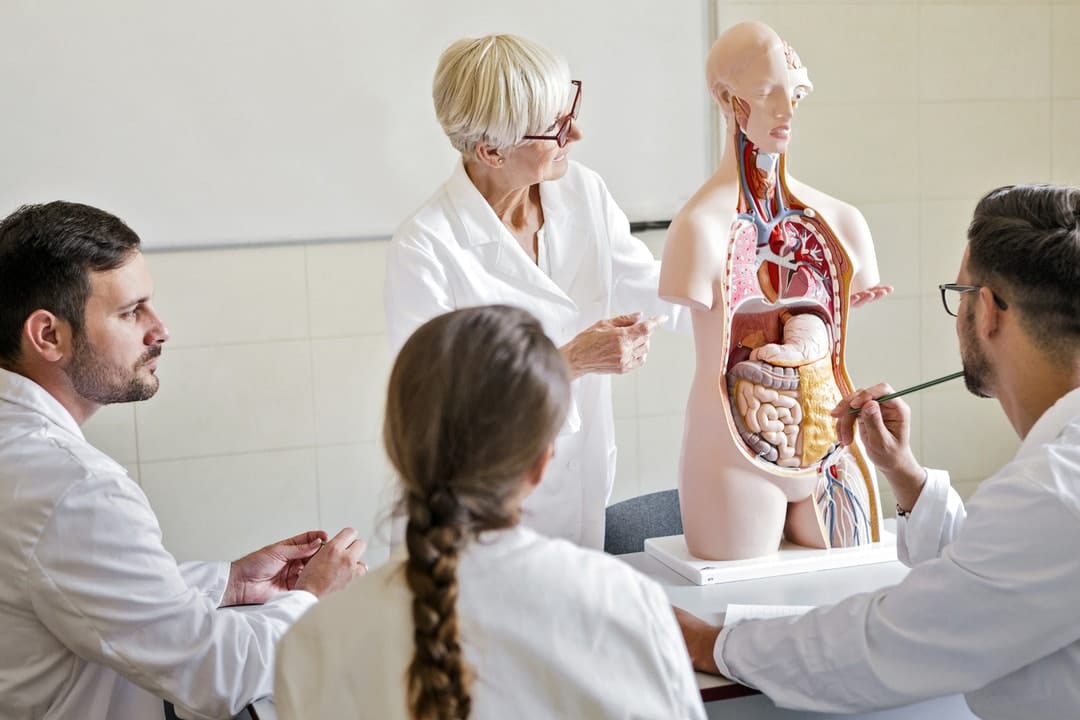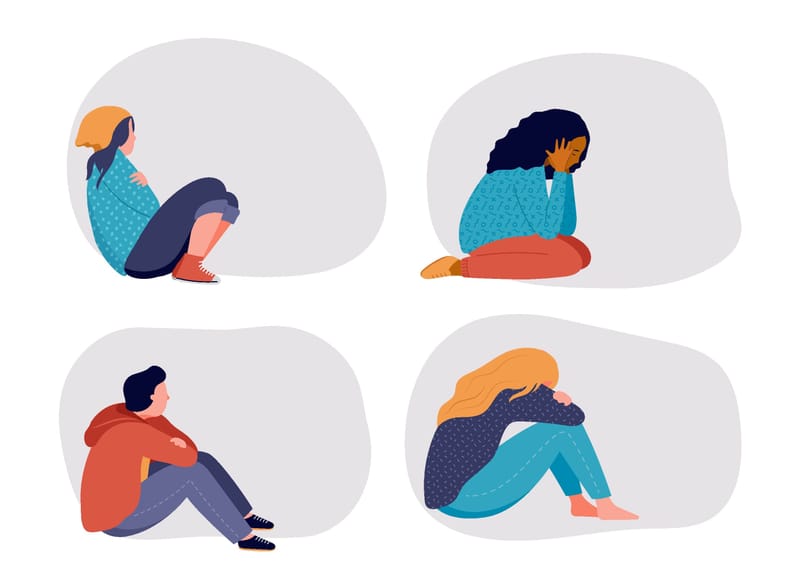
Exploring, and progressing towards online and digital education at universities is not a new endeavour. Within the pre-pandemic context, progressive and virtually-minded educators referenced online teaching resources and literature to develop robust and effective online curricula, and students chose the online learning courses suited to them.
But in 2020, the higher education landscape changed dramatically. The transition to remote learning was swift and absolute, and no one involved had a choice. While the lessons from this academic year are only beginning to come to light, the experience has the education sector collectively asking: What works well online, and what doesn’t?

While some teaching strategies and disciplines transferred seamlessly to the virtual environment, courses with practical-based experiences faced several challenges. In particular, many STEMM (science, technology, engineering, mathematics and medicine) courses were confronted with re-creating in-person 3D laboratory experiences in a digital 2D environment.
For instance, anatomy is a STEMM discipline with a long history of face-to-face, hands-on teaching, and is relevant to a variety of careers and degrees, including medicine, allied health and biomedical sciences.
The study of the human body traditionally relies heavily on demonstrations and practical experiences, and is often wedded to “dissection” – so much so that throughout history, the centrality of dissection to anatomy is often depicted by artists in timeless paintings.
Contrary to popular belief, though, anatomy is not stranded in a bygone era. In fact, advances in anatomy education are often on the leading edge of teaching innovations ranging from 3D prints to augmented and virtual reality. Despite these technological advances, laboratory dissection remains a cornerstone of the discipline.
Because of this subject’s long history and ability to survive technological advances, anatomy can serve as the “canary in the coal mine” when it comes to managing the nexus of face-to-face teaching and digital learning within STEMM education.
What works well online?
The first of a pair of meta-analyses revealed that digital learning is as effective for teaching anatomy as models or even prosections (interactions with professionally dissected specimens), at least for short-term learning gains.
The second study in this series further illustrated that computer-aided instruction (CAI) may, in fact, enhance anatomy learning outcomes when used as a supplement to traditional teaching methods (that is, lectures and dissection). Together these studies gave educators confidence in their ability to teach anatomical content entirely online, without compromising students’ learning outcomes.
But while anatomy educators rapidly transitioned to online teaching, questions remained: What is anatomy education without hands-on, laboratory-based instruction? What are STEMM experiences without practicals and laboratories?
What may be lost online?
There's evidence that anatomy dissection experiences are tied to improved professional identity, essential transferable workplace skill development, and psychosocial aptitude, including: professionalism, teamwork, communication, clinical skills, uncertainty tolerance development, and medical ethics.
Read more: COVID-19 and the tolerance of uncertainty: Teaching our frontline healthcare workers how to cope
More recently, data links STEMM education with spatial awareness. Spatial awareness refers to individuals’ capacity to relate and remember physical relationships between objects and/or space, and is linked to successful STEMM career pathways and education.
The investigations reveal that anatomy dissection courses, and other STEMM courses that include spatial tasks, improve learners’ spatial abilities. Given that some students begin pursuing their STEMM degrees with significantly lower spatial abilities, are we deepening the divide between the “haves” and the “have nots” for these transferable workplace skills without tactile and practical learning opportunities?
How do we narrow the divide?
The question remains as to whether, and to what extent, the development of non-cognitive skills are effectively achieved through exclusively online education; particularly for degrees that rely heavily on transferable workplace skill development such as allied health, medicine, and biomedical sciences. There is some evidence that well-placed VR and purposefully designed video games can help fill some gaps, but “bugs” in implementation remain.
Mental practice, or visualising behaviours as a rehearsal of the real event, may also be valuable for addressing performance gaps, but only when learners have had some muscle memory from previous hands-on practice.
So, what does this mean for the students who were educated in Melbourne in 2020?
It will be important for educators to acknowledge and make curricular adjustments to adequately prepare students for entering the workforce, given that many of these gaps are related to workplace skills. For instance, medical students who took anatomy online may benefit from dedicated ultrasonography and hands-on radiology training, as both have been shown to help improve spatial ability (surprisingly, exposure to surgery does not appear to provide the same benefit).
The lessons from this year of online education are revealing that in-person, practical experiences have invaluable impacts on student learning, particularly when it comes to workforce readiness.
In-person teaching is not a thing of the past, but rather central to the future.





